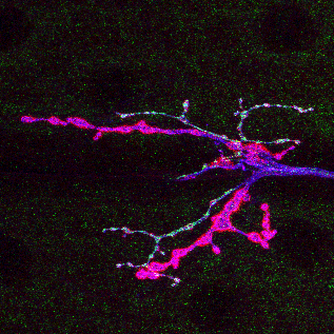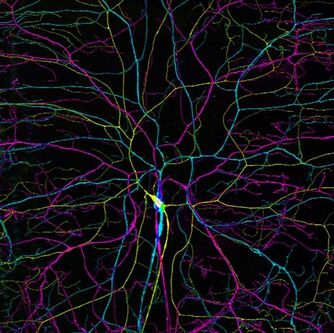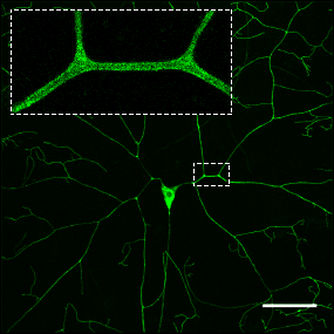Research
We leverage a combination of cell biology, genetics, and biochemistry to elucidate
how molecular motors and microtubules build functional neurons. We capitalize on the strengths of a fruit fly model to precisely manipulate protein function in vivo and to image neurons live in intact animals.
how molecular motors and microtubules build functional neurons. We capitalize on the strengths of a fruit fly model to precisely manipulate protein function in vivo and to image neurons live in intact animals.


